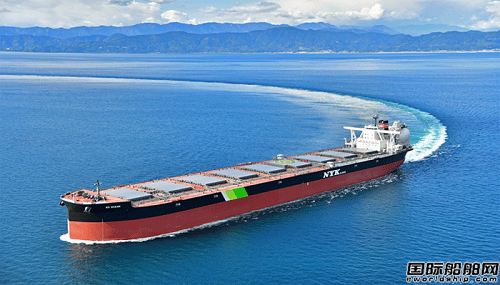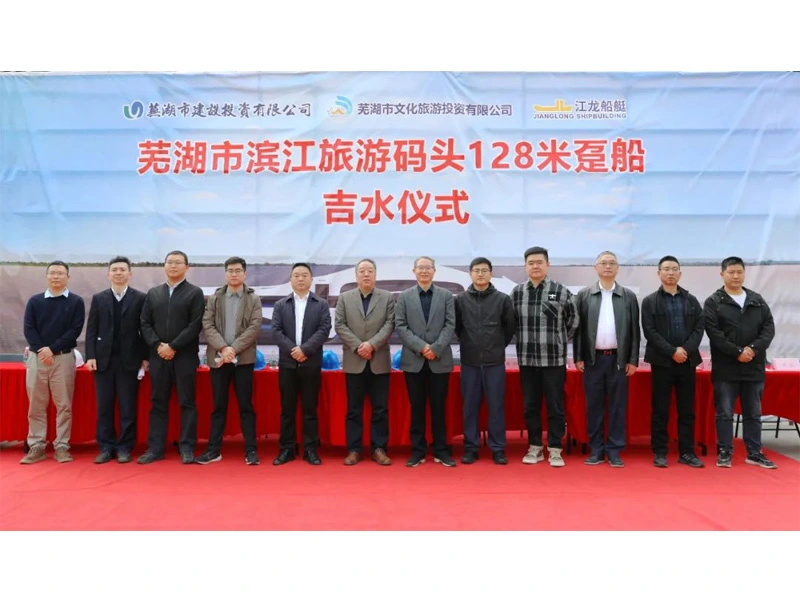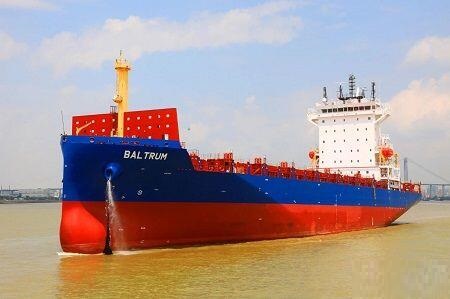Japan's first ship! JMU Delivers LNG Dual Fuel Cape of Good Hope Bulk Carrier to Japan Mail Ship

On January 31st, the Japan Shipbuilding Union (JMU) delivered the 210000 ton LNG dual fuel bulk carrier "SG OCEAN" built for Japan Post, located in Tsushima City, Mie Prefecture. This was the first LNG dual fuel Cape of Good Hope bulk carrier built by a domestic shipyard in Japan.
The SG OCEAN will be leased to JFE Steel, the second largest steel group in Japan, for the transportation of iron ore and coal imported from Australia for JFE. The ship has a total length of 299.99 meters, a width of 50.00 meters, a depth of 25.00 meters, a draft of 18.436 meters, a carrying capacity of 210933 tons, and a total tonnage of 110334 tons. The main engine is a DU-WinGD 7X62DF-2.1 engine, with a speed of 14 knots and a capacity of 25 people. It is classified by the Japan Classification Society and flies the Japanese flag.
Due to the use of LNG fuel, the new ship can reduce approximately 100% of sulfur oxide emissions, 75% of nitrogen oxide emissions, and 25-30% of carbon dioxide emissions, in accordance with the requirements of the International Maritime Organization Tier III rules. The host adopts the latest designed dual fuel electronic control engine 7X62DF-2.1 from WinGD, equipped with intelligent control technology iCER for exhaust gas recirculation, which can improve fuel efficiency while reducing methane slip. The LNG fuel storage tank is located at the stern of the ship, ensuring the same cargo volume and higher fuel efficiency as traditional fuel vessels.
At the same time, the ship adopts JMU's latest analysis technology to optimize the low resistance and high efficiency hull shape, equipped with JMU's original energy-saving devices "Super Stream Duck", "SURF-BULB" and "ALV Fin", "SSD" optimization and "Twisted Rupas rudder", significantly improving fuel efficiency compared to traditional ships. The use of low-pressure engines simplifies the fuel gas supply system, including generators and auxiliary boilers, saving energy and space. The main engine, generator, and auxiliary boiler are all dual fuel specifications, maximizing the use of clean LNG fuel and not wasting the evaporative gas in the LNG fuel storage tank.
The ship is also equipped with the JMU developed ship monitoring system Sea Navi ® 2.0, various data can be monitored during navigation, and the status of fuel supply equipment can be monitored through applications on cloud networks to provide support from shore and reduce the workload of crew members involved in processing LNG fuel.
It is understood that JFE Steel signed long-term charter contracts with three major shipping companies in Japan in 2021, with each of the three shipowners ordering one 210000 ton Newcastlemax dual fuel bulk carrier. The new ships were developed and designed by Nihon Shipyard, a joint venture between two major Japanese shipbuilding companies, Imagi Shipyard and Japan Shipbuilding Union (JMU), and built at JMU and Imagi Shipyard. This is the first time a Japanese shipping company has received an order for an LNG powered Newcastlemax bulk carrier.
Among them, two ships from Japan Mail and Kawasaki Steamship are scheduled to be delivered in the first half of 2024, while a new ship from merchant ship Mitsui will be delivered in January 2025. In addition to using LNG fuel, the LNG powered bulk carriers ordered by Kawasaki Steamship will also be equipped with the Seawing system, a kite system developed by French Airsea using the aviation expertise of its parent company Airbus, with the aim of further reducing carbon dioxide emissions.


